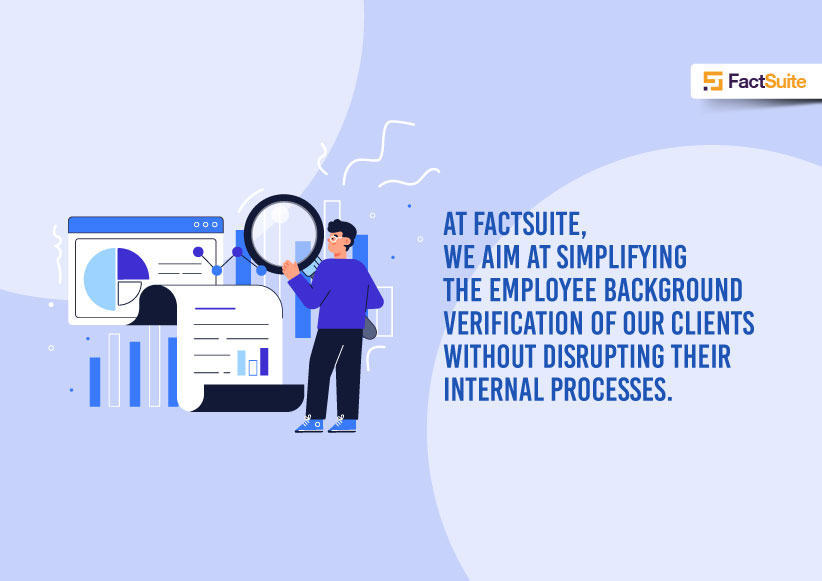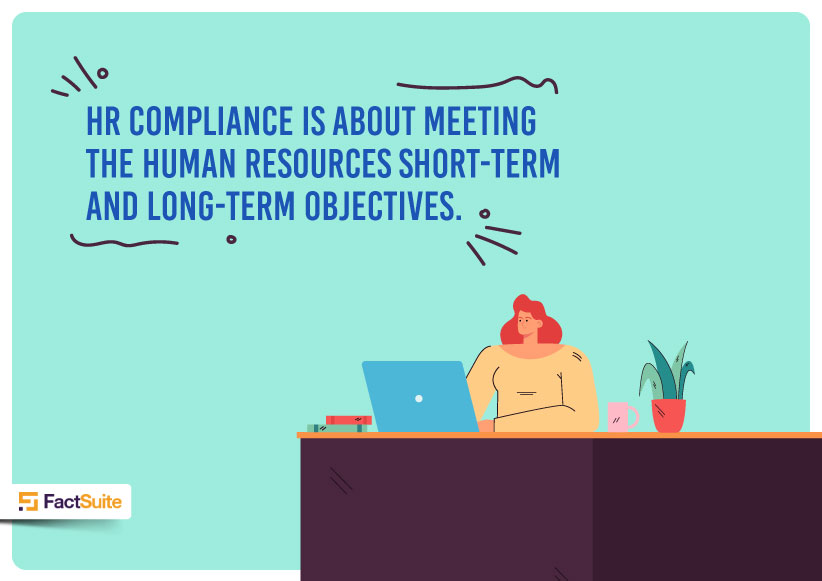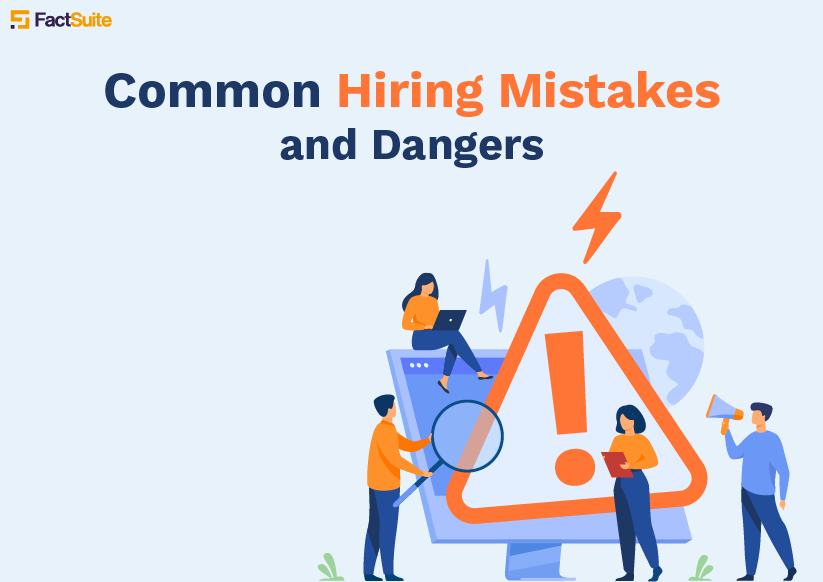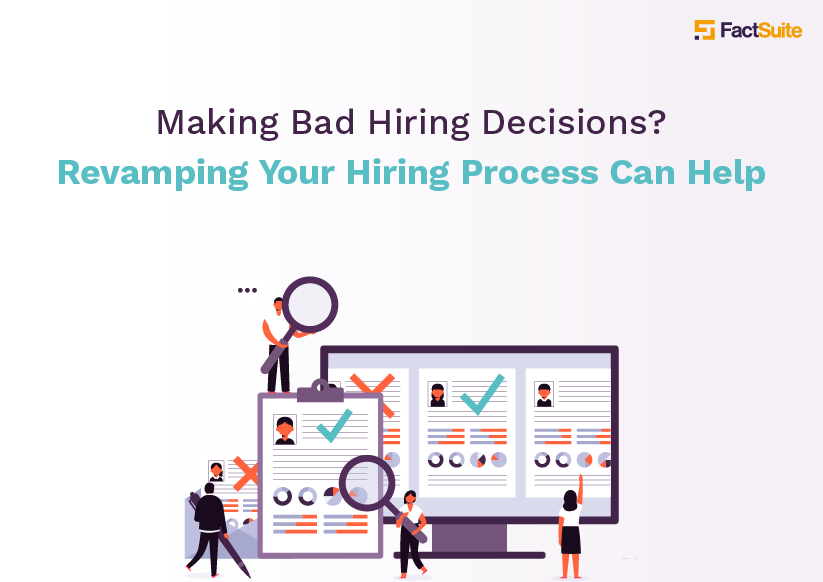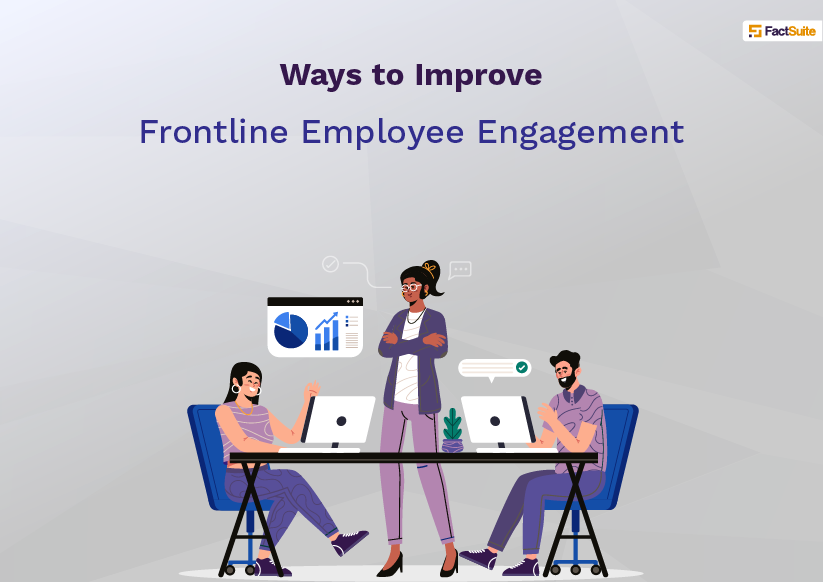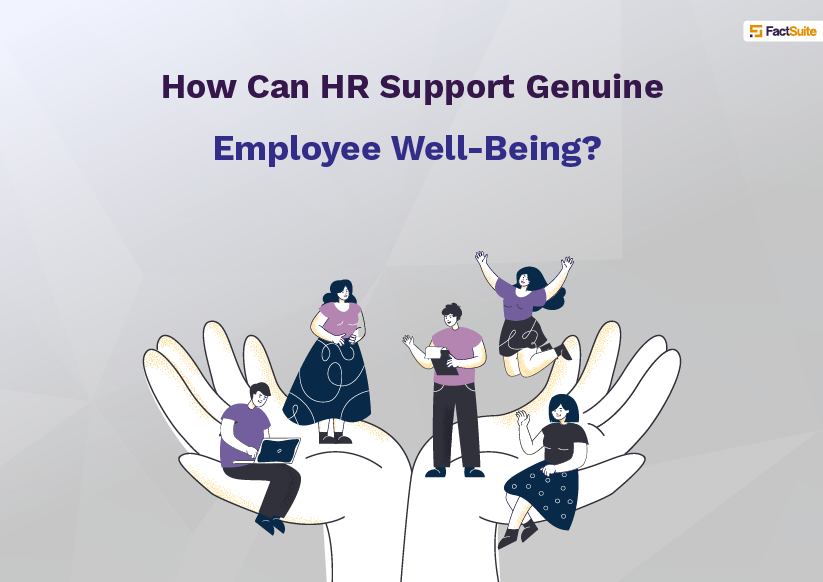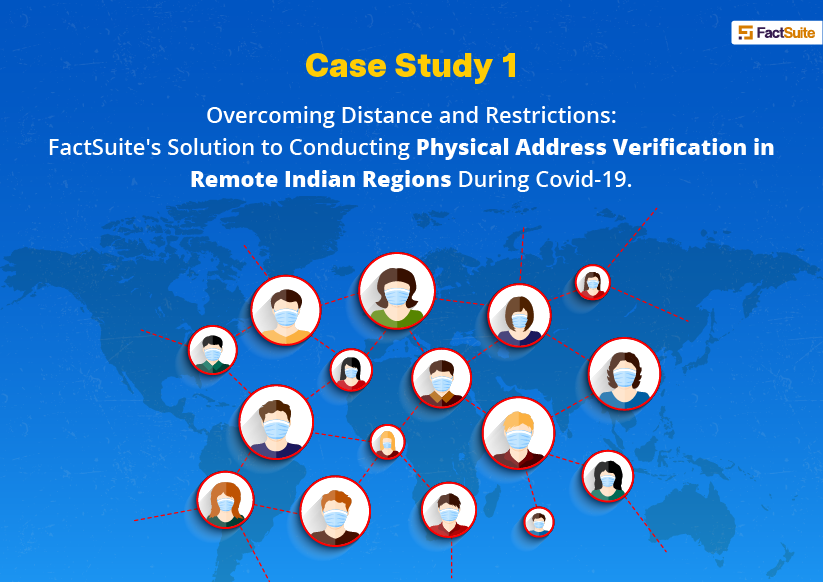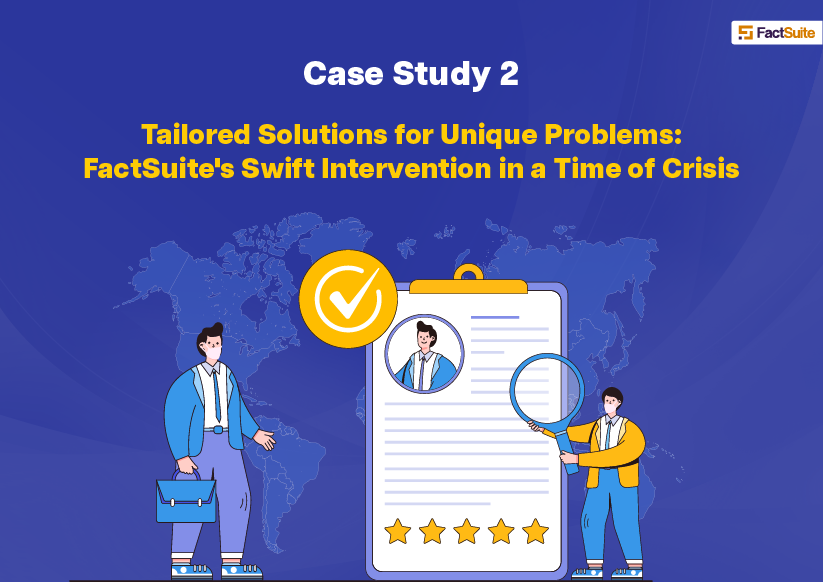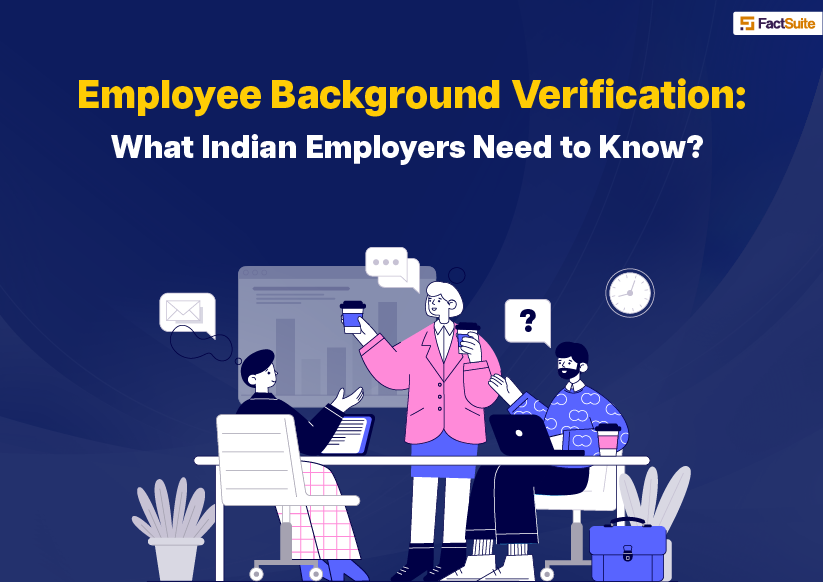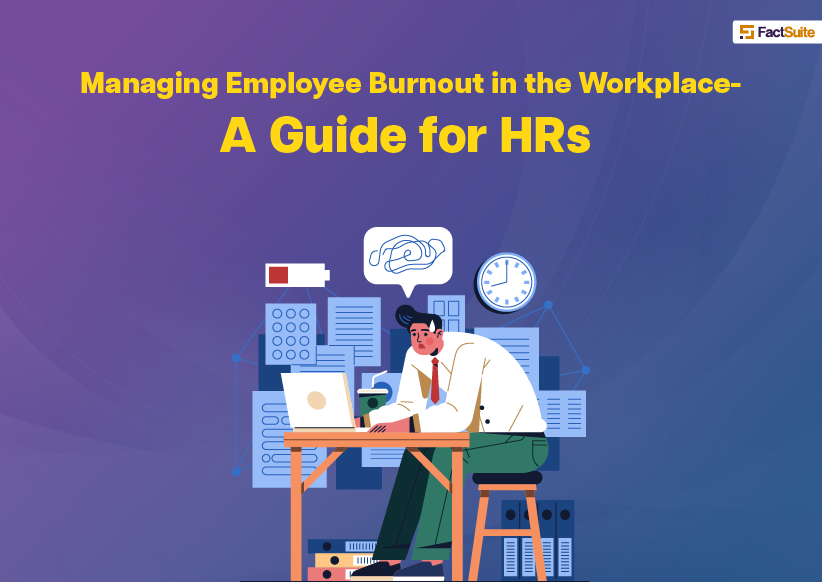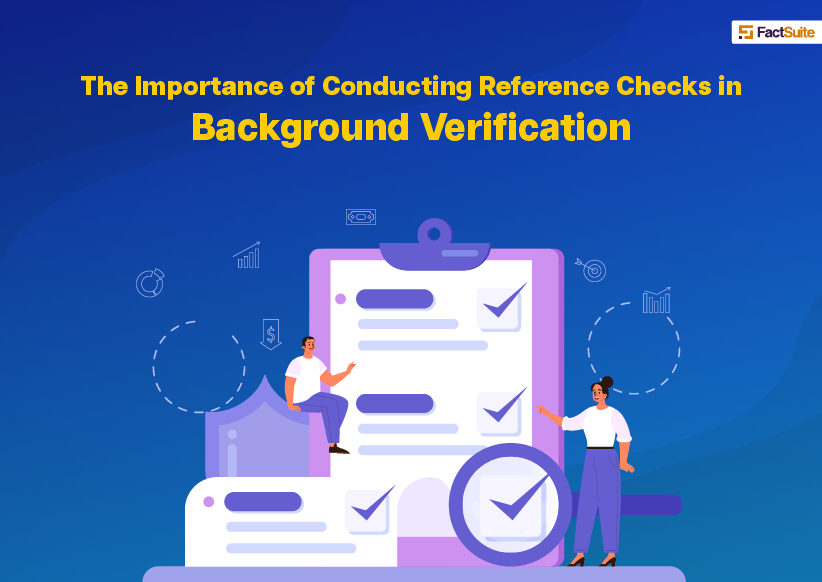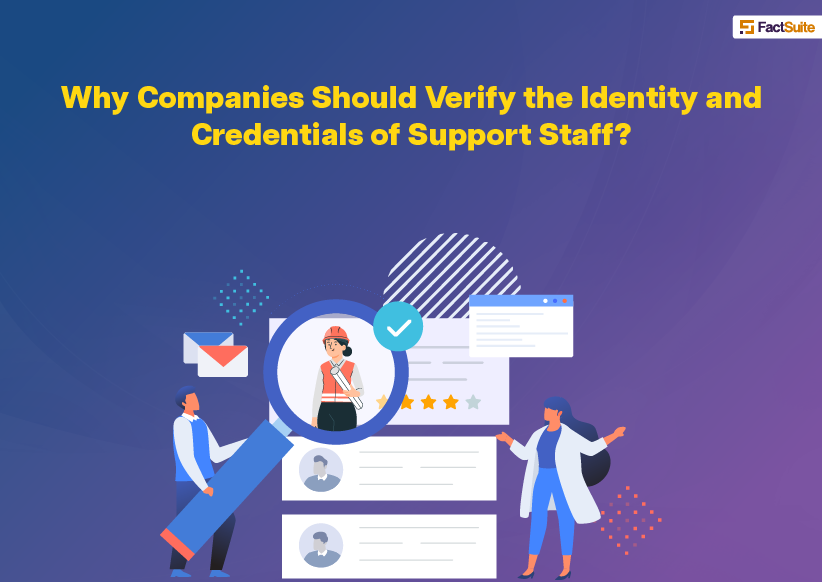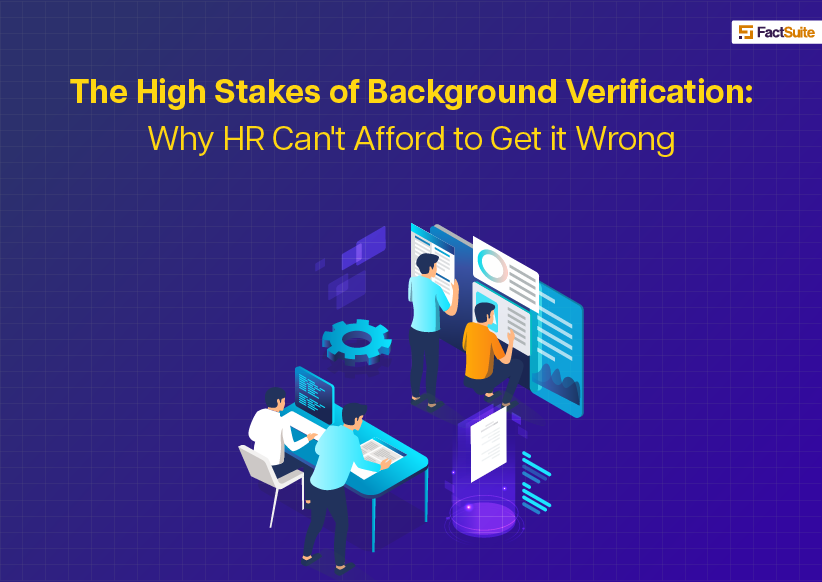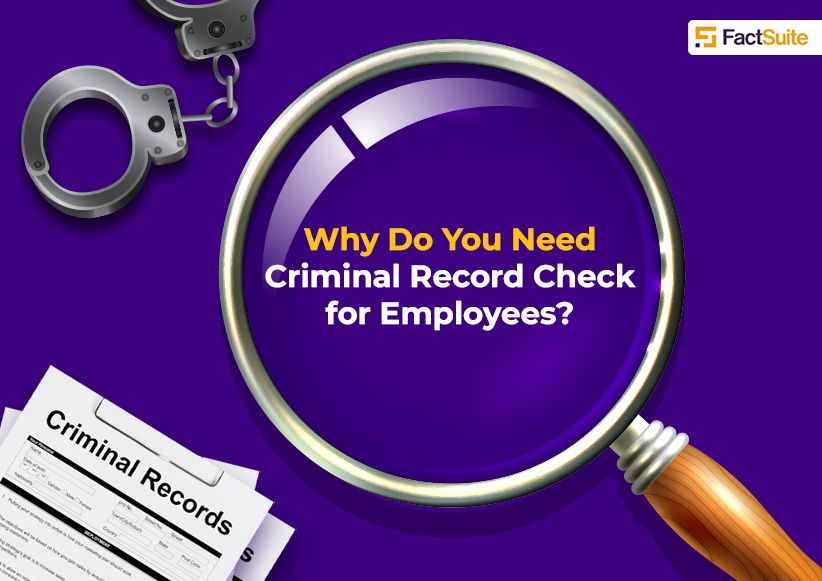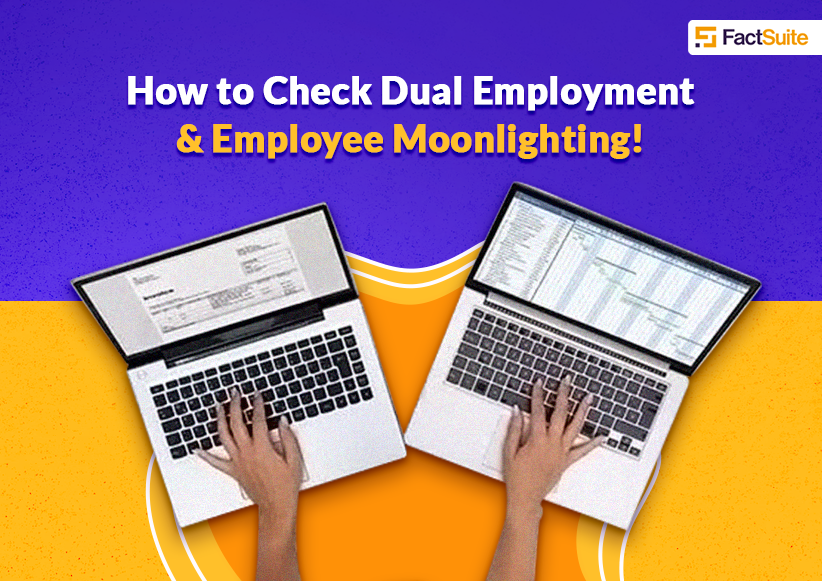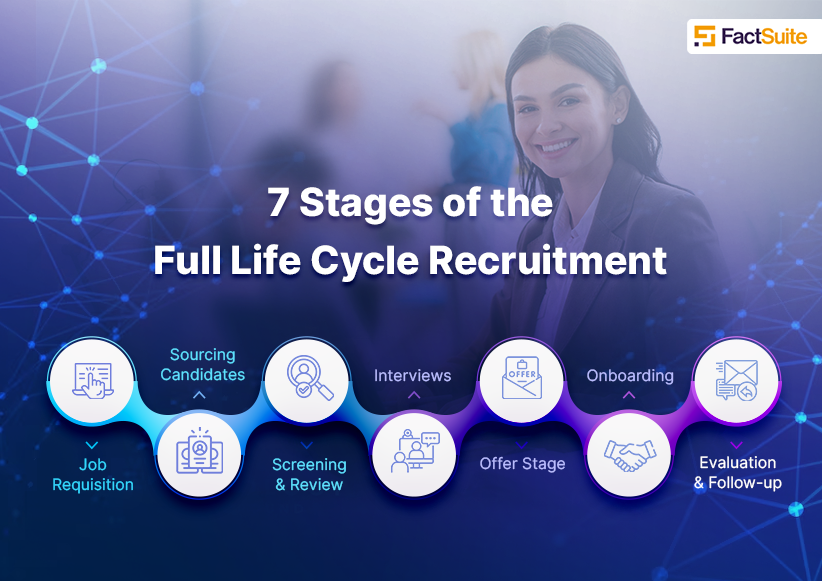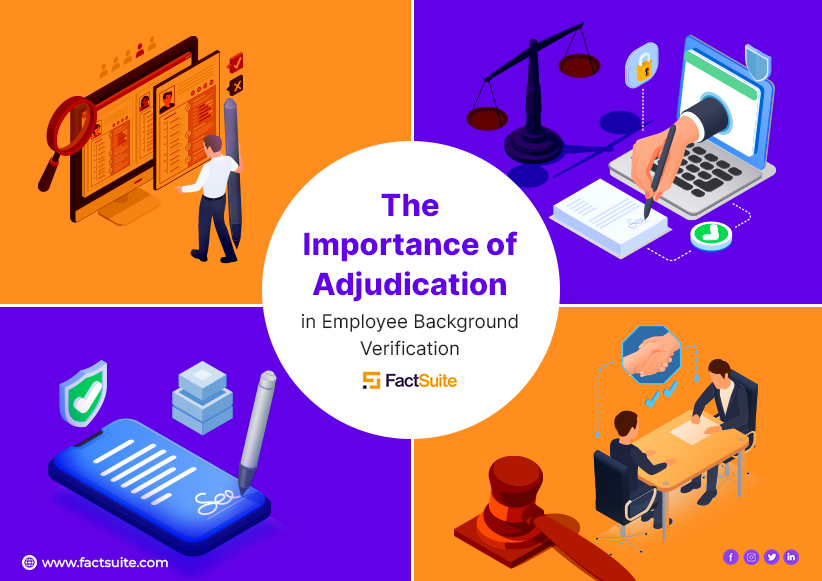Measure These 5 Background Check Metrics to Improve Your Screening Process
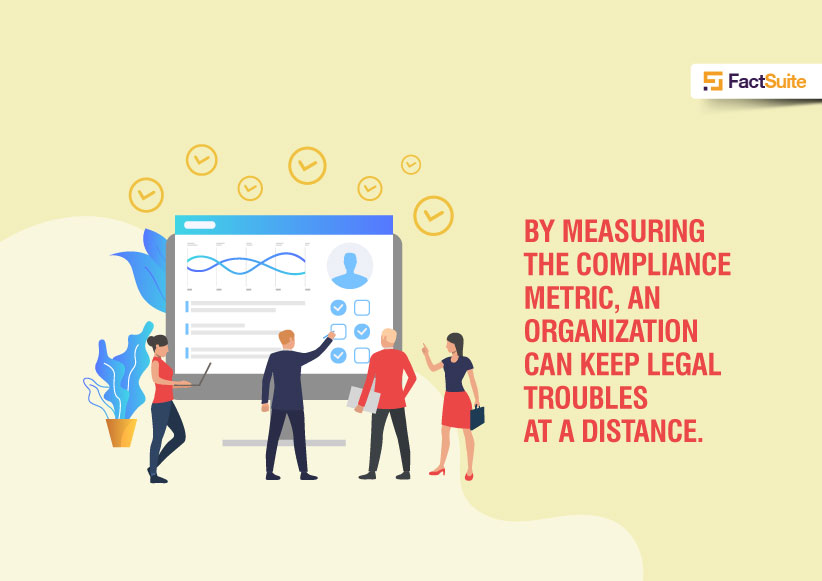
Table of Content
- Background Screening Metrics to Measure
- Screening Time
- Cost Per Employee Screening
- Monitor Closely the Discrepancy Rate
- Measure the Candidates Failed Rate
- Take into Account the Compliance Rate
- The Bottom Line
1.Background Screening Metrics to Measure
A background check procedure furnishes an organization with a slew of data and metrics. But measuring certain specific screening metrics can help a company in making quick hiring decisions. These screening metrics can even help to fine-tune the entire hiring process, thus ensuring that you end up with a quality hire. Further, keeping an eye on some of these benchmarks benefits the organization in the short and long run.
Let’s find out some of the crucial screening metrics, how to measure them, and how to leverage them to get the most from your employment screening process.
-
Screening Time
From the moment a candidate provides background check consent to the minute the background verification company completes the full screening, keep an eye on the clock. This screening metric gives you an estimate of the time it takes to hire a candidate. With this data in hand, you know when to start the hiring and background check process to recruit someone new in the organization.
Indeed, an excellent metric to make certain that the work doesn’t suffer due to the lack of a human resource.
-
Cost Per Employee Screening
As a company, aren’t you focused on reducing expenses and maximizing profits? Then, make background screening no exception. When you know background check cost, understanding and predicting cost-per-hire becomes easy. It is advised to track the screening cost based on location, role, department, etc. Insights into the employee screening expenses identify areas where the spending can be further reduced or optimized.
For instance, a department concerned with delivery and logistics requires motor vehicle and driving license verification. But if it is also verifying education history and criminal record, the screening cost will shoot up. The screening can be refined in such a case, and the cost can be brought down.
On the other hand, a department expected to undertake a detailed screening procedure reports a low verification cost. It implies that the department is skipping important background check areas and making the organization prone to bad hires.
In both the cases mentioned above, the screening process cost has a lot to tell.
-
Monitor Closely the Discrepancy Rate
When potential candidates’ information can neither be verified nor rejected, it leads to discrepancies in the employment screening process. When such inconsistencies pile up, it’s a subject of concern for the organization. An increase in the discrepancy rate stagnates the whole hiring process, especially when the difference is due to the components such as education and criminal record.
If such unverified data stacks up with every employee background check process, there is an immediate need to alter the hiring practice. Note down the component responsible for the disparity, and either vet them thoroughly or discard them entirely from the hiring process. Measuring your background check process based on the discrepancy rate enlightens you on how effectively your screening system collects data. Make use of this information to optimize and foolproof your employment verification procedure.
-
Measure the Candidates Failed Rate
Yes, you read that right. Candidates failing your employment background check procedure have a different story to narrate. For instance, if the number of candidates with a false education history is high, it’s time to rethink the questions you ask in your interview. A high number of failed candidates is also an indicator that your pre-employment screening is effective and working.
-
Take into Account the Compliance Rate
Your employee background screening is super fast, and it is helping you hire the right talent for your company. But is your employment verification complying with all the regulations and laws?
Ensure that all the departments or offices (if you have multiple branches) strictly adhere to all the compliance policies and rules as they screen the candidates’ backgrounds. If there are some steps that all the departments are skipping, figure out the reason behind the same. If those are crucial compliance policies, check that they are not left out. Or, if all deem these rules as redundant or unnecessary, eliminate them from the screening process altogether.
Even when an organization decides to outsource the task of background check, it is recommended to choose a background check partner that complies with all the laws and policies of employee screening.
By measuring the compliance metric of the screening process, an organization can keep legal troubles at a distance.
2.The Bottom Line
By tracking essential metrics in your background check program, you can identify areas that pose challenges to the organization’s hiring. Addressing the issues in the screening process and eliminating them improve the recruiting process and assure a safe work environment.
Keep track of all the screening metrics mentioned earlier to positively impact your hiring and get the most from your background verification efforts.



